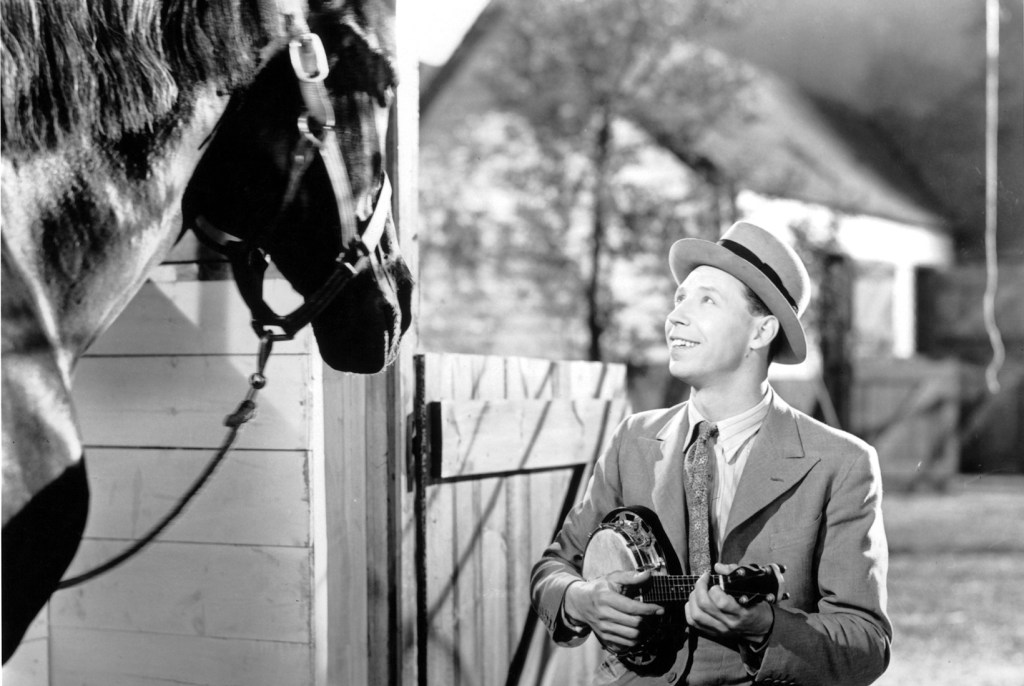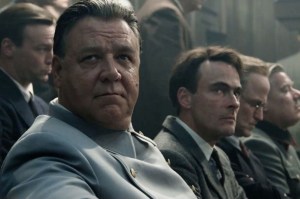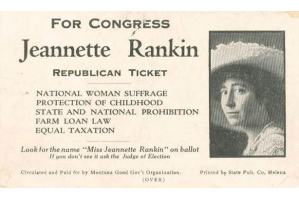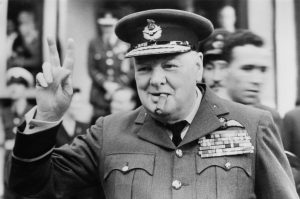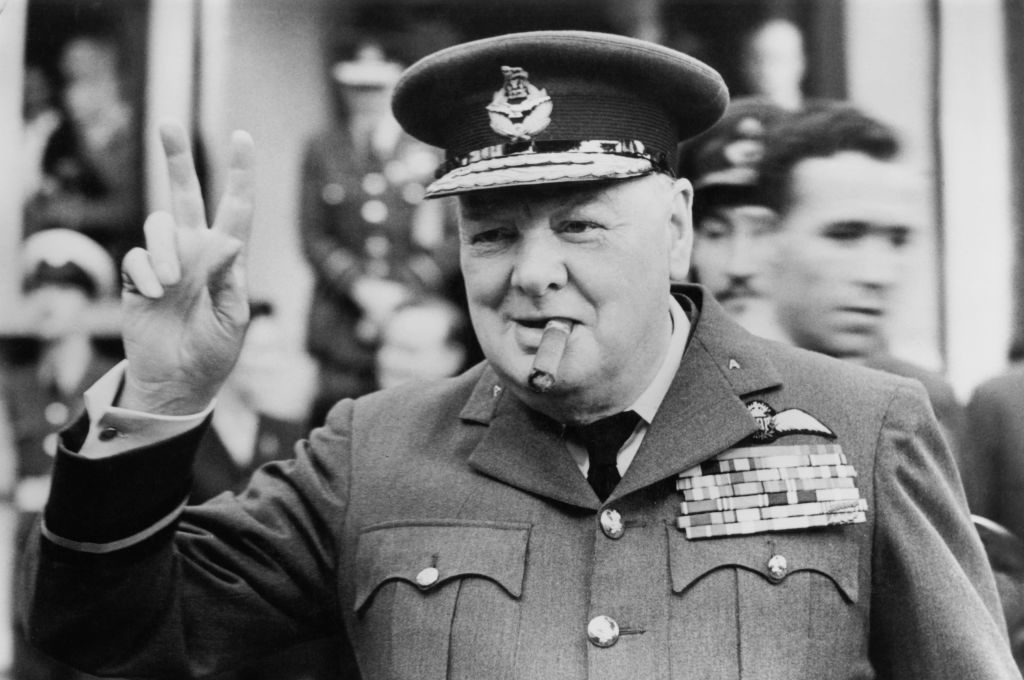Cinema history is a strange thing. A couple of months ago the Guardian began a series in which film critics write about ‘the classic film I’ve never seen’, some admitting to have unaccountably avoided exposure to genuine masterpieces such as Metropolis (1927) or À Bout de Souffle (1960). Others have revealed they have yet to sample undemanding box-office hits such as Top Gun (1986) or Titanic (1997). If the latter are classics, then so is On the Buses, the biggest selling British film of 1971.
The showing of motion pictures to paying customers began in the 1890s, and crowds flocked to see brief footage of someone treading on a hosepipe. Yet by Edwardian times, picture houses were already being criticized as an immoral influence, and the battle lines were drawn between the champions of supposedly respectable high culture and the upstart popular medium of cinema.
Adrian Wright’s excellent book is devoted to an area of British film history that has sometimes been loftily dismissed or simply fallen through the cracks, examining in chronological order 320 musical films from the earliest British talkies to the end of the war. This was a time when a ring of studios in and around London — including Elstree, Nettlefold, Cricklewood, Islington, Twickenham, Shepherd’s Bush, Beaconsfield, Isleworth, Wembley Park, Denham and Pinewood — turned out a mass of pictures largely aimed at the home market. They starred the likes of Jessie Matthews, George Formby and Gracie Fields — the latter who, even when signed by Hollywood in 1938, uncompromisingly shot We’re Going to be Rich in England and performed a song in it called ‘Ee, By Gum’. How that went down in Kansas is anyone’s guess. As Wright says in his introduction:
‘The lack of attention paid to these films in the mountain of literature about cinema, much of it too academic for digestible words, suggests that they are, perhaps with a handful of exceptions, unworthy of remembrance or reconsideration, and cannot be accepted as art of the meanest kind.’
Of course, one person’s art is another person’s rotting, overpriced shark. Today, the rarest vintage movie posters change hands for thousands of pounds, but as recently as 1982 the back cover of a book of examples from Ealing Studios, published by the British Film Institute, happily declared: ‘Film posters are by their nature ephemeral, and very few of them deserve to be preserved.’ To put it charitably, this was a very strange statement from an organization expressly founded in 1933 to safeguard the country’s film history, and which has long housed its own stills, posters and designs archive. The best ‘ephemeral’ items — such as the extremely rare 1919 Berlin Dada pamphlet Jedermann sein eigner Fussball (‘Every Man His Own Football’) with cover artwork by John Heartfield, or a Jamie Reid 1976 gig flyer for the Sex Pistols at the 100 Club — distill and reflect the flavor of their times in ways that other more conventional cultural products often do not.
Many of the films in Wright’s book have been similarly regarded as mere transient distractions for the working classes but have acquired a greater resonance with the passing of time. Since scriptwriters often used theater or nightclub settings as a framing device — allowing producers to round up a number of music-hall singers, jugglers, acrobats or balloon acts and have them reproduce short sections of their stage routines for the cameras — an intriguing cross-section of British entertainment history was recorded. Performers who might never have risen above fifth on the bill at the Metropolitan, Edgware Road, had their work preserved alongside surviving giant figures of the Victorian era, such as the 82-year-old Charles Coburn singing his 1891 hit ‘The Man Who Broke the Bank at Monte Carlo’. In addition, these films featured some excellent home-grown dance bands, such as those of Harry Roy, Ambrose or Roy Fox — although when Wright likens these talented musicians to the boy bands of today he does the former a grave injustice.
In a time of pandemic, reading a book entitled Cheer Up! about films which were themselves produced during the Depression and then World War Two is oddly uplifting. Wright’s deep knowledge of and obvious affection for his subject does not blind him to the shortcomings of some of what was on offer, and one of the chief pleasures here is his deadpan dismissal of those found wanting: the duo Flotsam and Jetsam (‘it’s like a Masonic evening with songs’); the romantic leading man Barry MacKay (‘his movement to music isn’t dancing — more like semaphore’); or the teenage Hughie Green doing impressions (‘a more grisly encounter with the incipient host of television’s Opportunity Knocks is difficult to imagine’). Above all, a solid measure of his success is that he consistently makes you want to see the films themselves. If you do search for them, don’t miss the remarkable exploding goat at the finale of the 1940 Arthur Askey picture Band Wagon. Eat your heart out, Top Gun.
This article was originally published in
The Spectator’s UK magazine. Subscribe to the US edition here.



